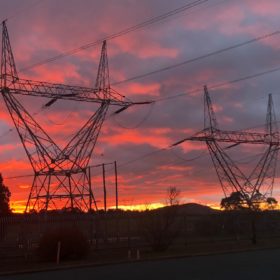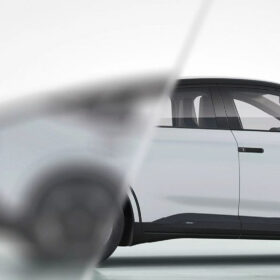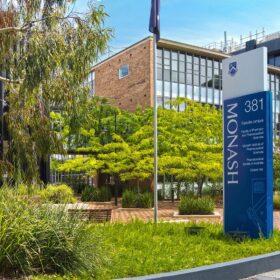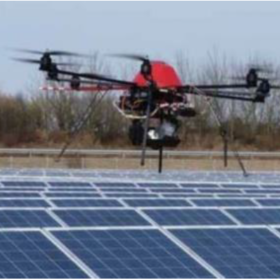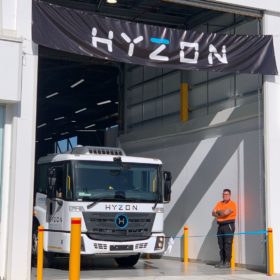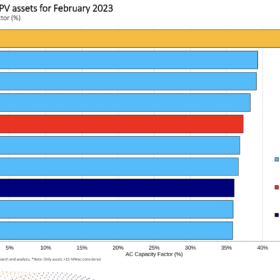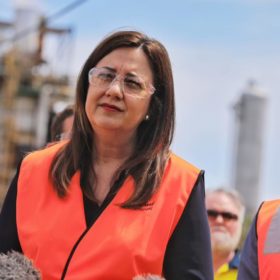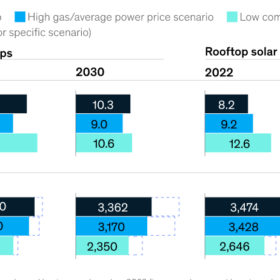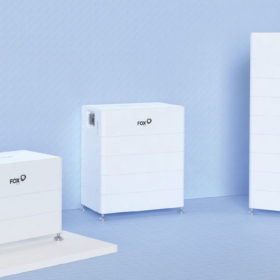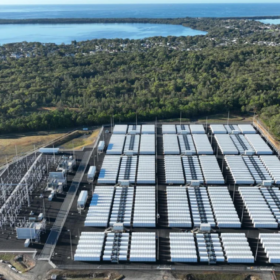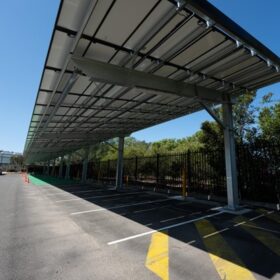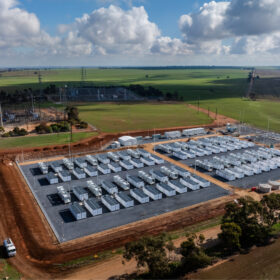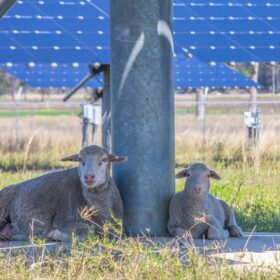The politics of an unsettled energy transition
University of Sydney researchers Sophie Webber and Gareth Bryant highlight the key challenges of land, labour and finance in achieving a renewable energy transition in Australia.
Weekend read: Solar cars, lightyears away?
The integration of solar cells and vehicles looks like a sure bet for the future of cars, buses, and trucks. But for startups that have bet on making solar a feature of their electric vehicles (EVs), times are tough, reports pv magazine’s Tristan Rayner.
Australian scientists discover enzyme that turns air into energy
A team of Australian researchers have discovered a “natural battery” that converts air into energy and has “considerable” potential to support the future development of small, sustainable air-powered devices.
Solar’s growing demand for drone-based aerial inspection and data analysis
United Kingdom-based Above’s founder and CEO Will Hitchcock sits down with pv magazine to discuss the solar industry’s growing demand for drone-based aerial inspection and data analysis, the game changing utility of digital twins, and what the future holds for autonomous drone programs.
Locally built hydrogen tow trucks to be hauling in Victoria from this year
Hydrogen truck maker Hyzon has launched what is being hailed as Australia’s first locally designed and built hydrogen-powered truck at its regional headquarters in Melbourne. The 27-tonne truck is hitting Australian roads in a series of commercial trials this year, including as part of a longterm partnership with RACV, which has ordered three tow trucks.
Utility-scale solar powered February, NSW crowned top renewable generator
Australia’s utility-scale solar sector had its third highest month on record in February, generating 1,463 GWh. New South Wales was the country’s top generator, showing the state’s colossal coal turnaround is well underway.
Queensland’s $5 billion CopperString purchase to unlock 6 GW of renewables
The Queensland government will acquire the $5 billion (USD 3.37 billion) CopperString transmission line project which is set to unlock 6 GW of renewable energy resources and connect Queensland’s North West Minerals Province to Australia’s national grid. The shovel-ready project, many years in the making, is hailed as the biggest expansion to Australia’s energy grid in decades.
Agrivoltaics can provide food, energy for growing world population
Cornell University researchers have discovered that soybeans planted beneath 3.9-meter-high solar modules can positively affect panel temperatures and the microclimates of farms.
Study shows payback times for heat pumps could plunge by 2030
McKinsey & Company says in a new report that payback periods for heat pumps could fall by up to 38% by 2030.
Weekend read: Dawn of the store-age
Last year was another landmark 12 months for energy storage, with all indicators pointing to a massive surge in demand. Supply chain instability and inflation saw battery prices rise, but the industry demonstrated an ability to swiftly react to geopolitical developments. Marija Maisch examines five trends driving the market.
